
A rotary vane pump is a mechanical workhorse in various fields, defined by its simple yet effective design. This type of pump uses a rotating assembly with vanes that dynamically adjust to maintain flow and pressure, making it a go-to choice for applications requiring consistent fluid movement. Through industry insights, this guide will familiarize you with the essentials of rotary vane pumps, from operational principles to real-world uses, and what to keep in mind for their upkeep—all without bogging you down with unnecessary details.
Key Takeaways
Rotary vane pumps are self-priming positive displacement pumps widely used across various industries; they function by trapping and transferring fluids with vanes that extend and retract in an eccentrically mounted rotor within a cylindrical housing.
Regular maintenance is critical for rotary vane pumps’ longevity; this includes monitoring and replacing vanes, bearings, and gaskets as needed, with special attention to oil-sealed pump maintenance to ensure efficient operation and prevent failures.
Technological advancements in rotary vane pump design include the development of magnetically coupled pumps for compact, quiet operation suitable for various applications, as well as moves towards oil-free models to address environmental concerns.
Exploring the Fundamentals of Rotary Vane Pumps
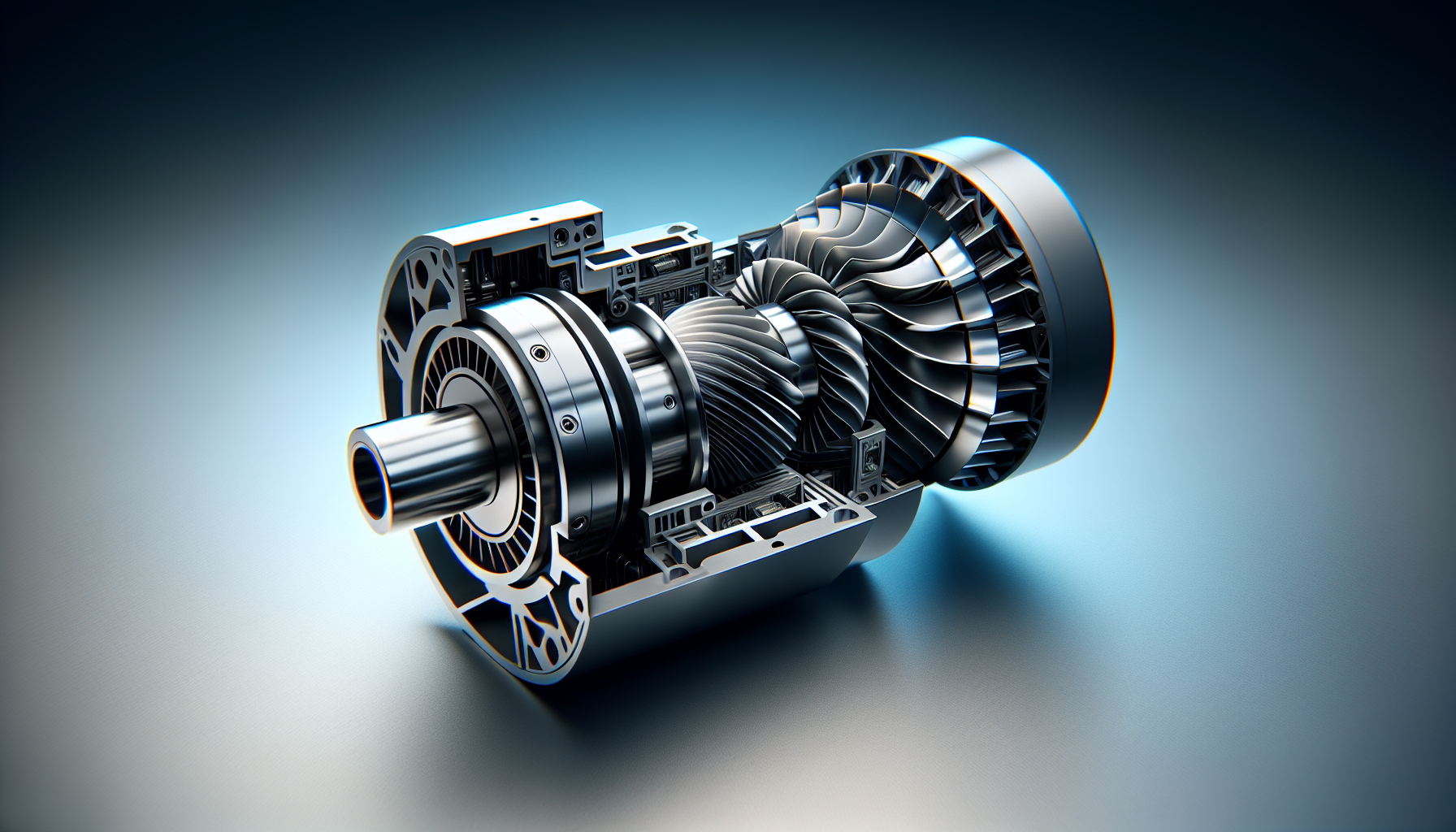
Rotary vane pumps are a type of self-priming positive displacement pumps. They function by means of a spinning rotor within a larger cavity, with the centers of these two circles being offset, which causes eccentric movement. The rotor is equipped with vanes that are essential for pump operation. These vanes stay in contact with the housing through the use of springs, gravity, or centrifugal force.
These pumps incorporate variable-length vanes that adapt to the rotor’s rotation, enhancing the pump’s efficiency. During rotation, these vane chambers change volume, facilitating the suction and expulsion of fluid. You’ll find various types of vanes in these pumps, with sliding and flexible vanes being the most commonly used.
The functionality of this vacuum pump is centered around the rotation and compression of gases or liquids within the pumping chamber created by the vanes. This operation generates a vacuum, facilitating a pressurized flow through the outlet.
The Inner Workings of a Rotary Vane Pump
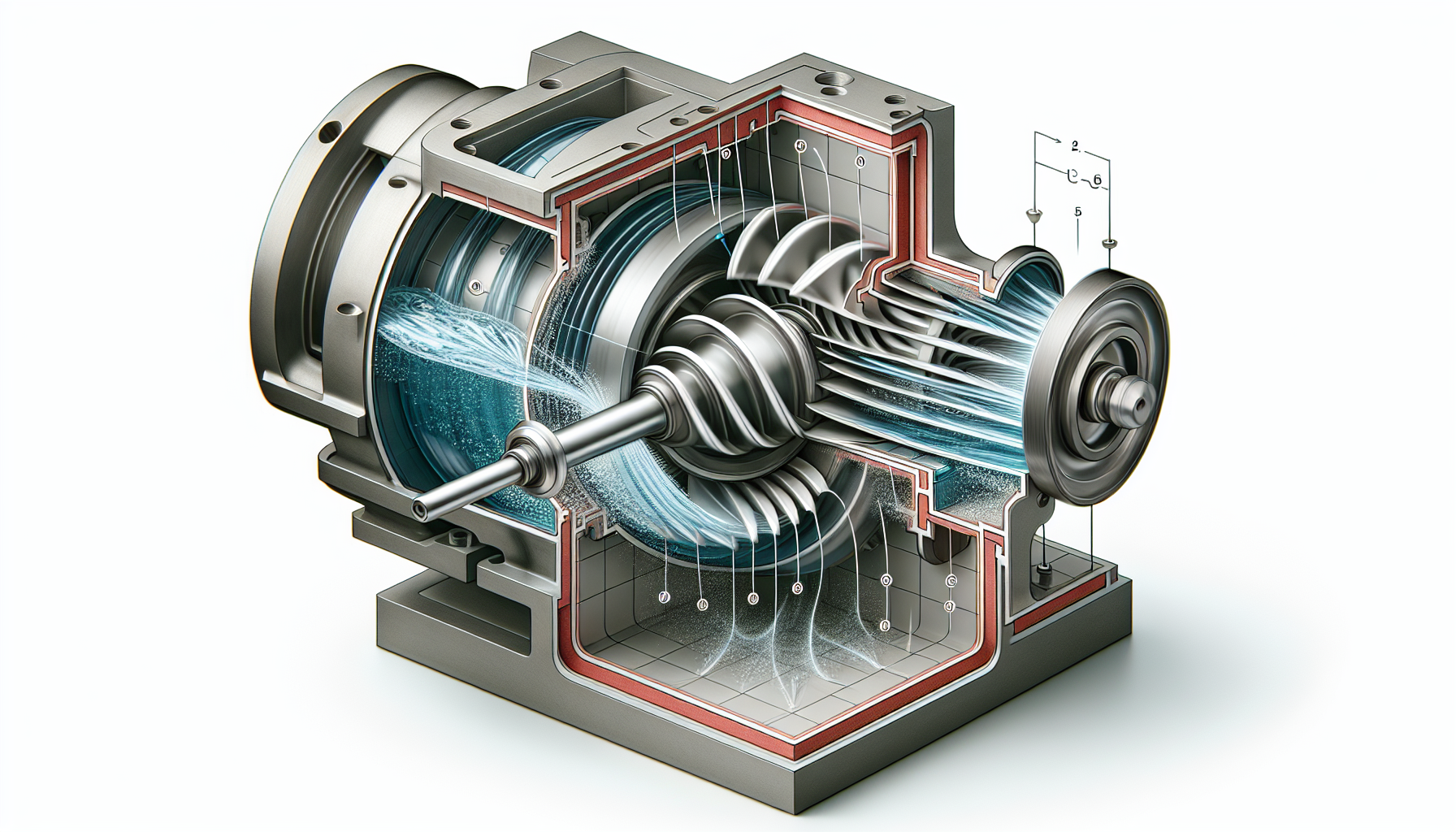
The rotary vane pump operates by using a rotor mounted eccentrically inside a cylindrical housing. As the rotor turns, vanes slide in and out to create a vacuum and draw in or expel fluid. This rotor creates a crescent-shaped cavity and sliding vanes that extend and retract, primarily due to centrifugal forces during rotation. The pump operates on the principle of positive displacement, capturing a consistent volume of liquid that is transferred from the suction to the discharge side by creating pressure, which is assisted by vane seals. To understand how rotary vane pump work, it is essential to grasp this mechanism.
Rotary vane pumps, including rotary vane vacuum pump, are versatile, capable of operating effectively in applications requiring vacuum or pressure, which makes them suitable for various industrial and medical purposes. To understand how rotary vane pumps work, it’s important to know that the pressure that propels the fluid or air out through the outlet port is achieved by the rotation of the rotor, which decreases the volume of the compression cells, leading to increased pressure.
The Rotor in Action
The rotor is a key component in a rotary vane pump. Its rotation within a cavity triggers the pumping action. Concurrently, the vanes retain contact with the pump walls, assisted by forces such as springs, gravity, or centrifugal force.
The eccentric placement of the rotor within the pump housing results in the formation of vane chambers. These chambers have volumes that vary as the rotor turns. This variation in volume is what enables the pump to:
draw in fluids
expel fluids
create suction
compress fluids within the pump
Vanes: Sealing and Movement
Another key component of a rotary vane pump is the vanes. Housed in slots within the rotor, they have the ability to:
Extend and retract, ensuring constant contact with the pump cavity walls, which is critical for effective functioning.
Uphold the contact through tensioning with springs or by using centrifugal force.
Separate the cavity into distinct chambers indispensable for the pumping process.
The vanes mounted on the pump extend to the cavity walls, creating seals. These seals are vital in trapping fluid, thereby enabling the effective transfer of fluid by the pump.
From Inlet to Outlet: The Flow Path
Tracing the path of fluid through a rotary vane pump, we observe that on the suction side, the vane chambers expand in volume as a result of the rotor’s movement. This expansion aids in the fluid intake via the inlet vacuum pressure.
Following this, the fluid is moved to the discharge side of the pump. At this stage, there is a contraction in the volume of the vane chambers, leading to fluid compression, which is subsequently pushed out through the outlet. Throughout this journey, the vanes seize the liquid on the suction side, compress it as the rotor turns, and finally discharge it on the outlet side during each pump rotation.
As the rotor rotates, it drives the vanes to extend and retract within the stator, forming individual compression cells that vary in volume and enable the effective transfer of air or fluid from inlet to outlet.
Design Variants of Rotary Vane Pumps
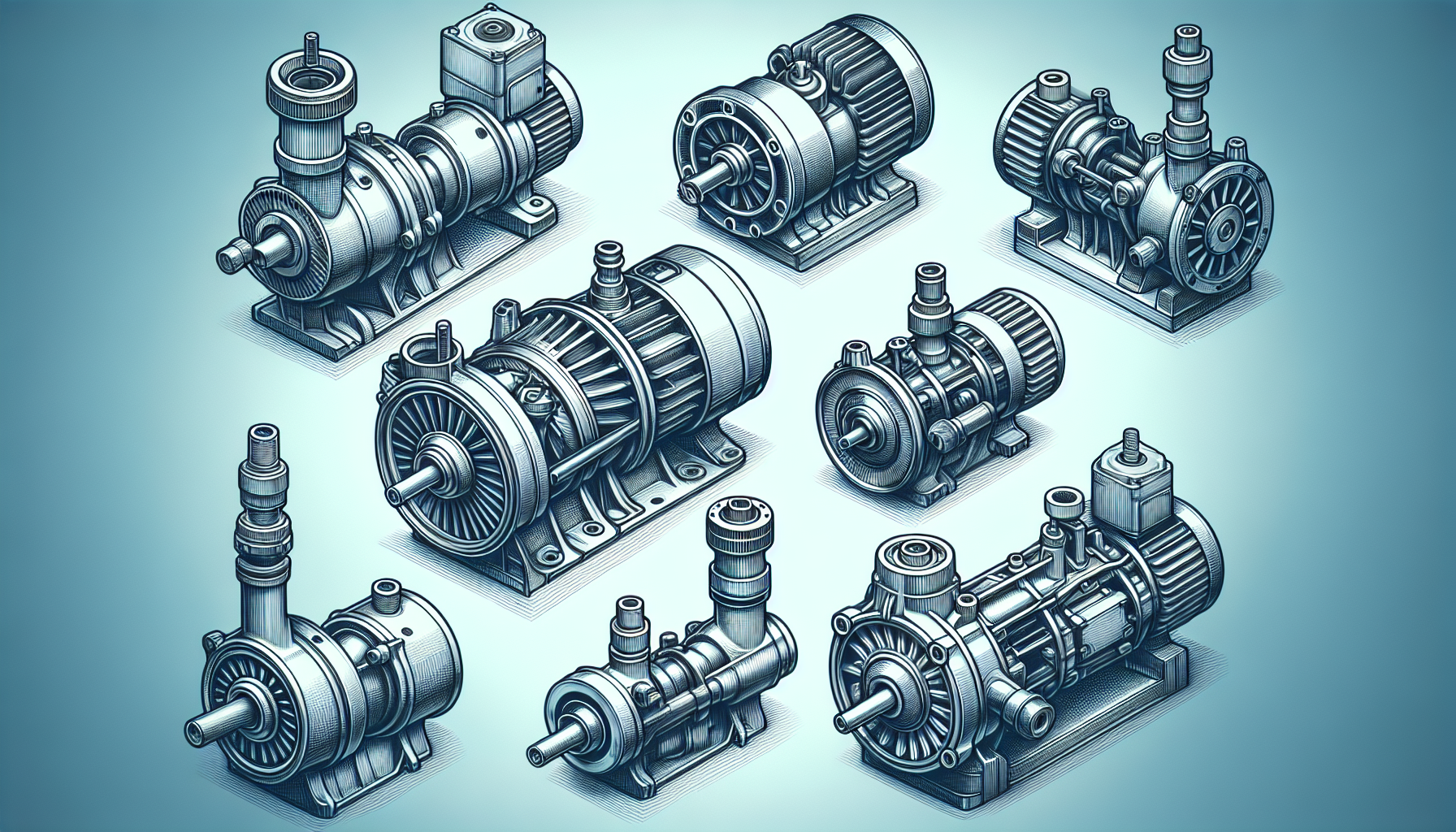
Rotary vane pumps come in a variety of designs to suit different needs. For instance, single-stage rotary vane vacuum pumps can achieve an ultimate vacuum of about 1 milli Torr. However, if lower ultimate pressures are needed, two-stage rotary vane pumps can obtain pressures up to 10^-3 Torr, making them suitable for different vacuum requirements.
Multi-stage rotary vane vacuum pumps, including two stage pumps, have the following advantages:
They include multiple rotary-vane mechanisms in a single pump
They can reach extremely low vacuum pressures
They are more efficient for some applications
They maintain better pumping speed at lower pressures.
Variable-displacement rotary vane pumps, a type of positive displacement pump, can alter the displacement by varying the centerline distance between the rotor and the eccentric ring. This feature tailors the performance for specific applications. Design decisions such as these reflect concerns like oil contamination and wear resistance.
For example, dry-running rotary vane pumps often utilize graphite vanes to minimize wear on the inner walls, whereas oil-lubricated pumps use oil for sealing and to reduce wear.
Applications and Uses for Rotary Vane Pumps
The versatility of rotary vane pumps, exhibited in their wide range of applications, is quite remarkable. They are integral to the food and beverage industry, being utilized in espresso machines and carbonated beverage dispensers, and for conveying viscous liquids without compromising their quality. In industrial and laboratory environments, these pumps are indispensable for managing and transferring gas, oil, and water.
The water treatment industry also relies on rotary vane pumps, especially in reverse osmosis filtration systems, where they efficiently feed pressurized water. Other applications include dust extraction, industrial furnaces, and vacuum applications such as filtration, degassing, crystallization, and distillation drying. You’ll even find rotary vane pumps in the automotive sector, where they are used for critical systems including braking, power steering, automatic transmission, and supercharging. They are also employed in various airplane systems in aviation and aid in air conditioning management by helping to regulate refrigerants. Their variable-displacement design allows for energy savings and reverse pumping, showcasing their adaptability in different industrial scenarios.
These pumps are efficient at transferring clean, low to medium viscosity fluids and fuels over a broad temperature range, making them versatile for a variety of low pressure applications.
Performance Characteristics of Rotary Vane Pumps
Rotary vane pumps demonstrate exceptional performance in several areas, including their ability to achieve maximum air volume and maximum pressure. They can reach flow rates as high as 7 cfm (200 l/min), produce pressure up to 14.5 psi (1 bar) and generate a vacuum up to 25.0 in.Hg (-850 mbar). These capabilities make them suitable for a variety of suction and discharge tasks. The rated pumping speed of these pumps varies between 1 and 650 cubic feet per minute (cfm), and the average airflow produced by these pumps is in the range of 4 to 35 cubic meter per hour.
While rotary vane vacuum pumps are typically around 30% efficient, some models may reach efficiencies up to 50%. They are energy-efficient, often requiring less horsepower, which translates to cost savings. However, the actual pumping speed in a system’s chamber often differs from the pump’s rated speed due to factors such as chamber volume and process gas loads. This means the volumetric flow rate decreases as the vacuum increases. Technological advancements in the design of these pumps have led to the development of more energy-efficient models and the integration of smart control systems.
Maintenance and Longevity of Vane Pumps
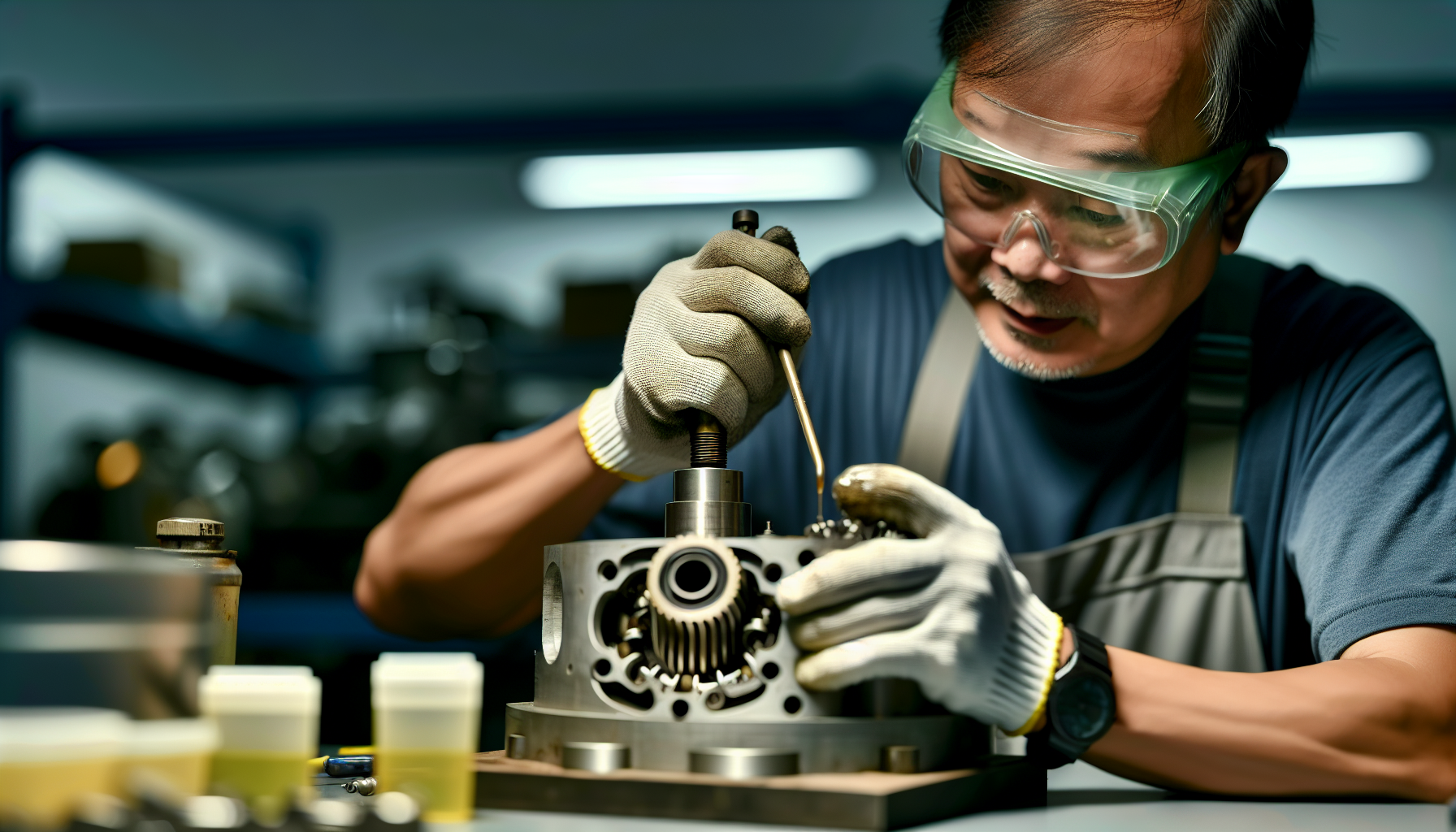
To ensure the longevity of rotary vane pumps, certain key areas need to be attended to. For example, oil-lubricated rotary vane pumps can minimize wear, improve seals, and extract oil particles from air or liquid. However, they are not ideal for water treatment applications because of oil discharge. The oil serves to seal between the rotor and vanes, cool the pump, and protect components from corrosion. An oil separator housing can help manage oil expulsion to prevent impact on operations. Regular oil changes are crucial to prevent failures by minimizing contaminants.
The vanes in rotary vane pumps are self-lubricating and self-adjusting, contributing to the pump’s reliability and reducing maintenance requirements. However, when significantly worn, vanes should be replaced alongside other parts like bearings and gaskets for optimal pump operation and ease of maintenance. Magnetic coupling designs have eliminated common issues like oil leakage and wear on conventional shaft seals, reducing maintenance requirements and operating costs.
Dry-running rotary vane pumps with graphite vanes prevent liquid contamination and require monitoring and regular filter replacement to maintain efficient operation.
Advantages of Employing Rotary Vane Pumps
Rotary vane pumps bring along a plethora of benefits:
They are highly efficient at handling high pressures
They can effortlessly provide stable flow rates owing to their adaptability to pressure and vacuum applications, and their controllability
They are versatile, being reversible for various operational needs
They allow for precise flow rate and pressure adjustments due to excellent controllability options.
These pumps have the following features:
They reduce the necessity for additional equipment such as gearboxes or separate priming systems
They are compatible with direct or belt drives
They have inherent self-priming capabilities
They provide nearly pulsation-free operation
They have continuous contact between vanes and pump chamber walls, ensuring a consistent and smooth flow of fluid.
Potential Challenges with Rotary Vane Pumps
Despite their numerous advantages, rotary vane pumps do face some challenges. These include:
Reduced efficiency and escalated wear when dealing with high-viscosity fluids or feeds containing abrasive solids. This necessitates the use of a suction-side filter.
Constrained by a maximum differential pressure of about 15 bar.
Cannot typically achieve multiple stages due to pipe resistance and oil vapor pressure, which also restricts the achievable vacuum levels.
Pulsation in the pump flow can occur at low speeds, especially when fitted with one or two vanes, despite the pump’s general ability to deliver pulse-free flow. These potential drawbacks should be considered when choosing a rotary vane pump for a specific application, ensuring that the pump’s capabilities align with the requirements of the task at hand.
Technological Innovations in Rotary Vane Pump Design
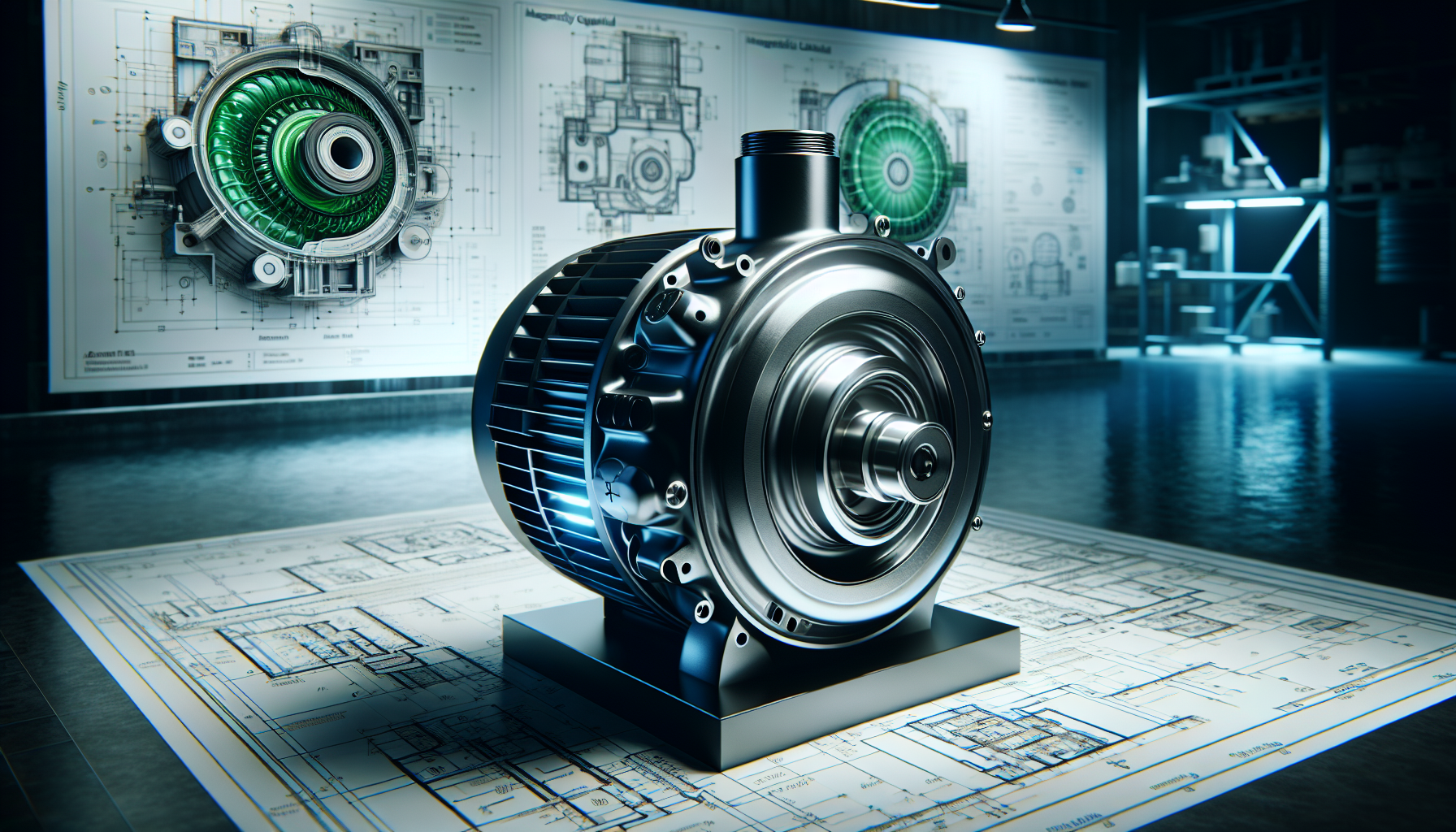
In recent years, there have been notable technological advancements in the design of rotary vane pumps. Some of these advancements include:
Magnetically coupled rotary vane pumps, which stand out with their compact design and high pumping speeds. They are particularly beneficial for analyzers, flywheels, and gas technology.
These pumps achieve low ultimate pressure and reduced noise levels, making them well-suited for laboratory use.
The adaptability of magnetically coupled pumps is enhanced by their compatibility with a wide range of input voltages, facilitating global usage.
Operational reliability and safety are improved through integrated gas ballast and safety valves in some models. Ease of system integration and minimal space requirement are attributes of the magnetically coupled pumps’ compact design, with certain models also meeting UL and IEC 61010 safety standards. Innovations in design are also focusing on producing compact and lightweight rotary vane pumps equipped with smart features for enhanced monitoring and control.
Eco-friendly pumps are being developed to mitigate environmental concerns associated with oil emissions from traditional oil-sealed rotary vane vacuum pumps. The market is seeing a shift towards oil-free vacuum pumps as a response to environmental concerns and for the benefits they provide in specific applications.
Summary
In conclusion, understanding the intricacies of rotary vane pumps is fundamental to leveraging their capabilities. From their basic mechanics to their diverse applications, the range of their designs to their performance characteristics, these pumps offer a plethora of advantages. However, it’s important to also consider potential challenges and ensure that their capabilities align with the specific requirements of the application at hand. As technology continues to evolve, we can expect more innovations in the design and efficiency of these versatile devices.
Frequently Asked Questions
Where are rotary vane pumps used?
Rotary vane pumps are used in a variety of applications, including as high-pressure hydraulic pumps, in automobiles for supercharging, power steering, and air conditioning, as well as in carbonators for fountain soft-drink dispensers and espresso machines.
Can rotary vane pump run dry?
Yes, rotary vane pumps can run dry for short periods, but they are not designed to be operated in this manner extensively. Be cautious when running them without fluid.
What are the disadvantages of rotary vane pumps?
The disadvantages of rotary vane pumps include the need for oil to operate, requiring close monitoring and potential for oil leaks contaminating the product. Additionally, these pumps emit exhaust due to the use of oil within the casing.
What does a rotary vane do?
A rotary vane pump moves fluids and gases using vanes mounted to a rotor, compressing and pressurizing them before passing them through the pump outlet.
What is a rotary vane pump?
A rotary vane pump is a self-priming positive displacement pump that moves fluids by utilizing a circular rotor within a larger cavity, causing eccentric movement and generating a vacuum to enable the pressurized flow through the outlet.
